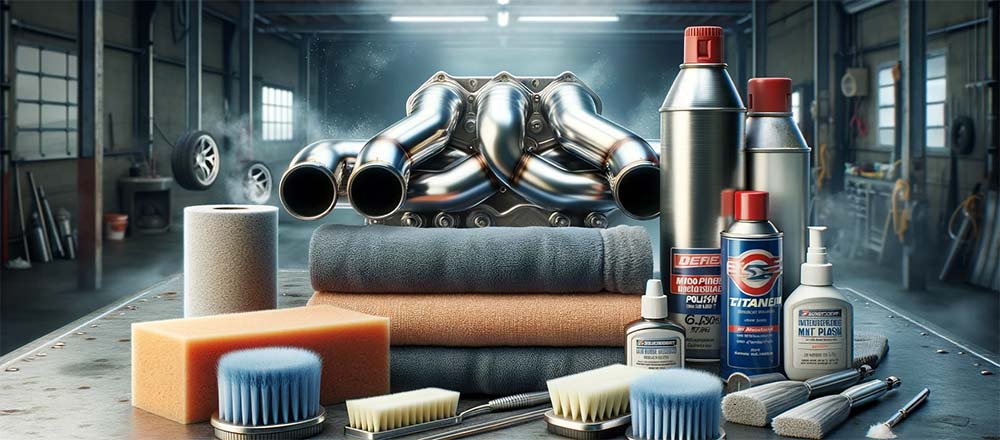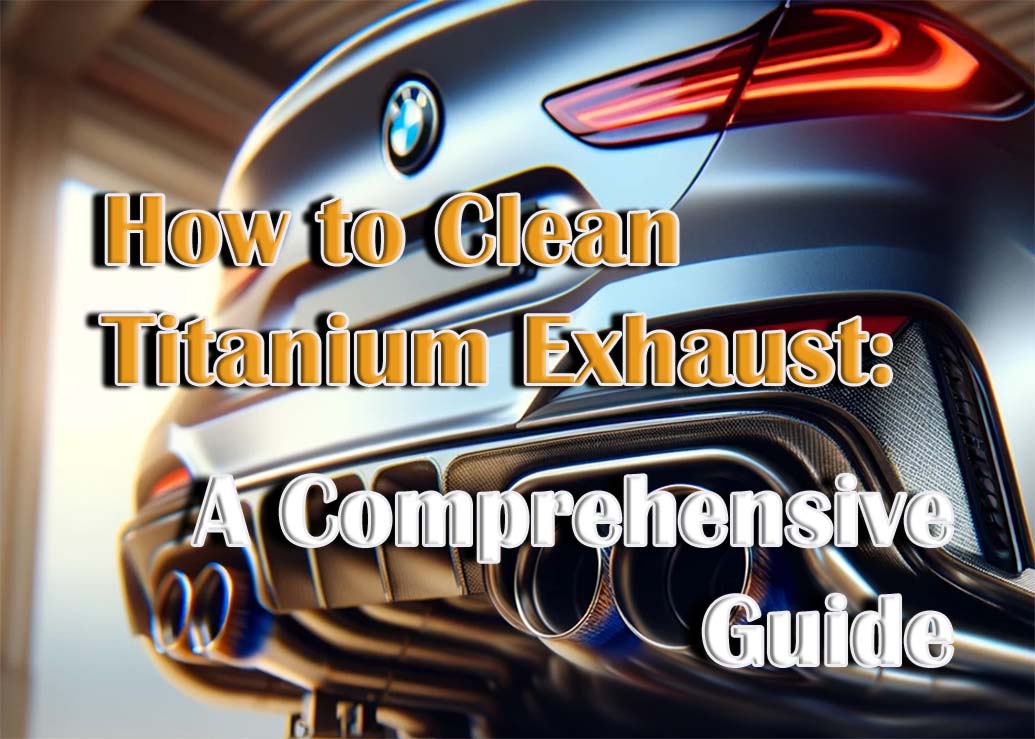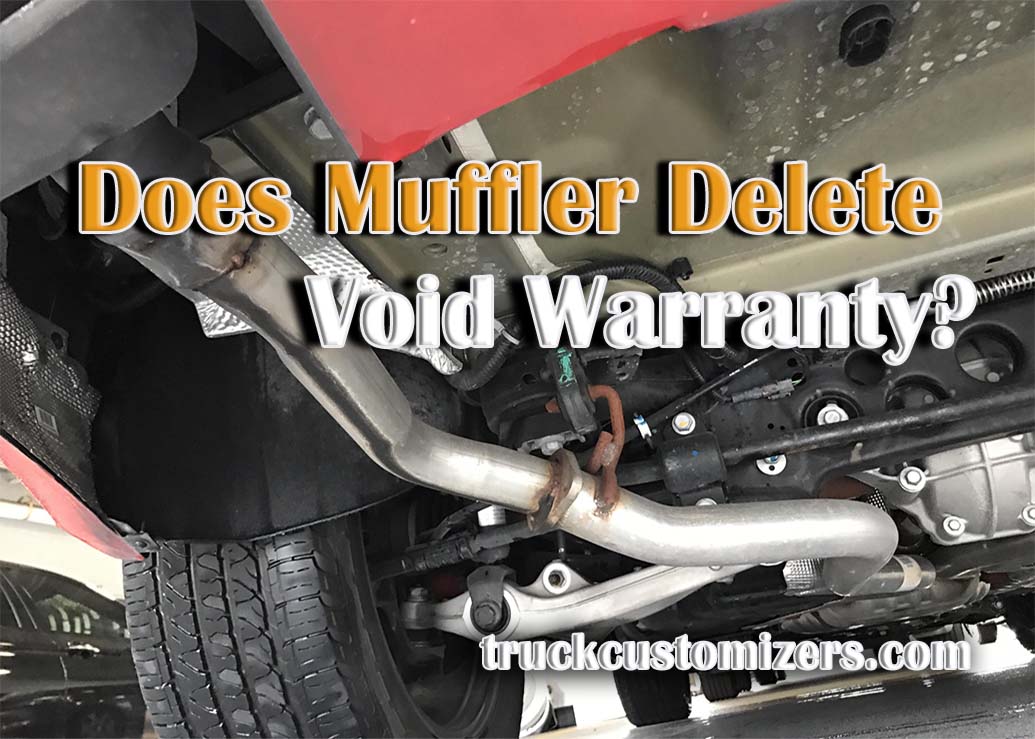A clean, undamaged titanium exhaust system is crucial for optimal engine performance and longevity in your truck. Over time, your titanium exhaust can accumulate dirt, grime, stains, or even become dented or cracked from road debris. This article will provide a complete guide on how to properly clean your titanium exhaust system. We will cover assessing any existing damage, compiling the necessary cleaning supplies and tools, outlining detailed yet simple cleaning steps, techniques for inspection and reinstallation once cleaned, and when you may need to consider exhaust replacement or repair.
Assessing the Damage
Carefully examine the entire length of the exhaust system to thoroughly check for any cracks, scrapes, dings, perforations or other defects. Pay special attention to the joints connecting the components. Closely inspect clamps, flanges, mounting brackets and rubber isolators for signs of leakage or sagging parts. Also look along each segment of piping for dents, rust spots, holes or separation of welds. Tap sections with a rubber mallet to detect problem areas that sound different than solid portions when struck. Use an inspection mirror and flashlight to illuminate the inner passages. Assess end-to-end to determine the best path forward – either cleaning or replacement.
Cleaning Supplies and Tools Needed
Gather suitable supplies before beginning cleaning to streamline the process. You will need cleaning solvents, rags or scrub pads, a wire brush, possibly a pressure washer if excessive buildup exists, eye protection, work gloves, and common hand tools for removal and reinstallation of exhaust components if needed. We recommend degreasers for especially stubborn accumulations or baked-on carbon deposits. Also consider exhaust and metal specialty cleaning solutions which contain inhibitors to prevent further corrosion while cleaning.
Cleaning Steps
With supplies assembled, you can now tackle removing contaminants and restoring shine to your exhaust’s surface. The main cleaning steps include:
- Carefully read and follow product directions if using chemical cleaners prior to application.
- Let solutions sit for the required duration to penetrate and lift deposits. Agitate periodically with brush.
- Focus on trouble spots first before broad application for efficiency.
- Gently scrub affected areas using wire brushes, pads and picks to clear crevices.
- Pressure wash segments with water/degreaser mix if excessive buildup is present.
- Thoroughly rinse all components with water to eliminate residue after soaking or scrubbing.
- Allow to fully dry before reassembly to prevent streaking or water marks.
- Repeat steps as necessary section-by-section until exhaust appears debris-free.

Follow these key cleaning steps while taking care not to damage any exhaust components. Assess progress periodically and touch up stubborn spots until your system looks restored.
Inspecting and Reinstalling
Prior to reinstalling, closely re-check for any remaining problem areas needing added attention. Ensure all mounting hardware is present and functional. Replace degraded gaskets, clamps, isolators or missing fasteners. Take care when reconnecting exhaust components to avoid bending or damaging parts. Snug clamps without overtightening. Start engine and listen carefully for leaks. Make alignments or adjustments as needed to sections that allow exhaust noise or gases to escape. A properly cleaned and reinstalled titanium exhaust will look and sound great for many more miles down the road.
When to Consider Replacement
While most dirtied titanium exhaust systems can be revived through thorough cleaning, some accumulations or deterioration may be too severe or extensive to remedy cosmetically or functionally. Deep rust penetration, large dents, cracks, punctures, split welds or excessive leakage often necessitate replacement. Consult a mechanic if concerned about the integrity or safe operation of your exhaust. They can assess issues to determine if cleaning is adequate or installation of a new exhaust system is required due to safety concerns or risk of further damage to your truck.
For more information on choosing the best exhaust for your GMC truck, see our article on Best Exhaust System for GMC Sierra.
Conclusion
Regularly cleaning and inspecting your vehicle’s titanium exhaust components helps maximize their durability and performance. Carefully assessing any damage, compiling proper supplies, then methodically addressing problem areas following our key cleaning steps will typically restore the appearance and functioning of your exhaust system. Also be sure to properly realign and secure all elements during reinstallation to prevent recurrence of issues. Know when more extensive repairs or full replacement is the only solution for severely corroded or cracked parts. Monitoring condition and quickly addressing minor issues reduces more serious problems later. Implementing this regular maintenance regimen for your titanium exhaust protects your investment in this performance upgrade and allows you to enjoy the benefits for maximum miles. We hope these comprehensive cleaning and inspection guidelines assist in properly maintaining your truck’s exotic exhaust system.



